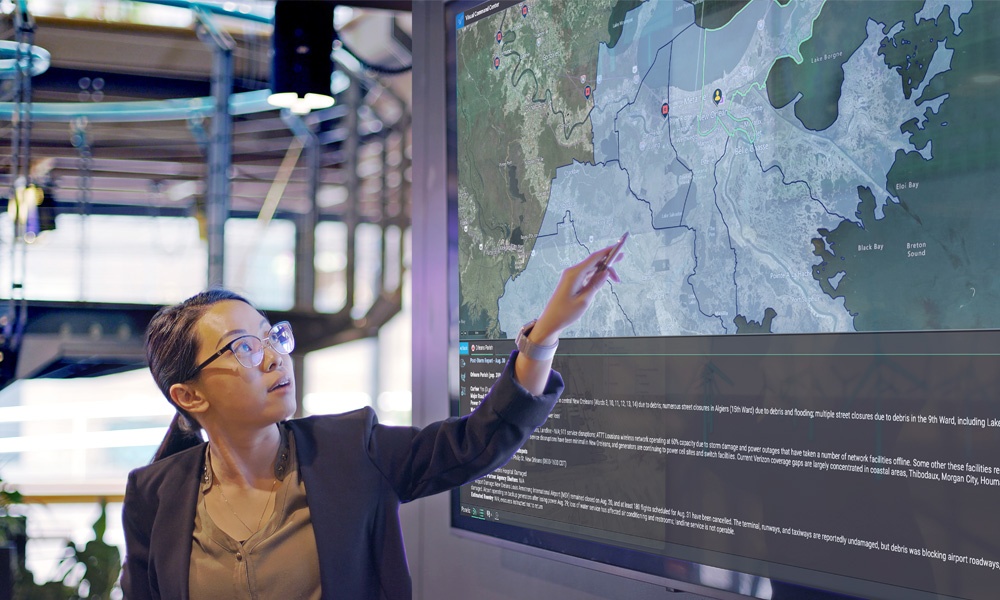Blog
2017 Hospital active shooter preparedness update
The CMS Emergency Preparedness Guidelines need to be implemented by November 15, 2017. Failure to comply could result in fines upwards of $8,500 a day. To meet the guidelines, one of the possible drills you should consider is for active shooter preparedness. Steven M. Crimando, MA, BCETS, CHS-V, explains why you should develop exercises around those scenarios that are most likely to happen and plan for what you need. Most shootings that occur in hospitals are considered “shooting incidents” over “active shooter situations.” A shooting incident tends to be targeted towards an individual, whereas an active shooter incident generally targets a place over individuals. The motives behind a shooting incident are more personal. 27% of hospital shootings are due to a grudge. “The shooter feels someone in that hospital has hurt them or their family in some way, and they’re coming back with a sense of vengeance,” Crimando states. When a crisis does happen, what exactly do you need? “You need to know where your people are and who’s on hand to help. You also need to know what resources you have; everything from facilities to medical supplies all need to be part of the overall equation for your plan,” says Crimando. On top of this, your hospital needs to make a designation between when physicians should stay and do everything possible to protect their patients, and when to protect themselves, even if that means leaving patients. “92% of healthcare professionals believe personnel should have a personal choice about whether to try to save a patient’s life in a critical event, or to get themselves to safety in the interest of survival.” A critical event like a shooting incident can happen in your facility. 32% of healthcare professionals believe the odds of an incident occurring at their facility is high or very high. There is a standard currently in place by the Department of Homeland Security called “run, hide, fight.” Essentially, take these actions linearly: run first, hide if you can, fight if you must as a last resort. But experts are now suggesting moving beyond linear execution to what works best in the given situation. “We want people to be trained to use their judgment in the moment and pick whichever one of these options makes the most sense from the totality of the circumstance and go for it. Depending on your proximity to the shooter, hide or fight may be your best first option and not your last option.” Law enforcement relies on bystanders to play a critical role in critical event management because there is a lag time between shots fired and first response. If your staff is trained to think this way, they could prevent further loss of life. It is also important to bake psychological first aid training into your critical event management plan. Psychological first aid is a skillset where we limit the stress and negative behaviors to reduce fear and arousal. “Stop the killing first, then stop the crying,” Crimando states. Stopping the crying means staff should remain calm, and assist others in staying calm. Communication is an essential part of active shooting incidents. Clear, simple messages that are already crafted are imperative to a seamless and rapid deployment. “There will be no time for thinking and no time for innovation. Prepare your messages in advance. Train your staff how to use mass communication tools. Have them understand what kind of message you have and make sure you’re not creating those messages in a vacuum. You need to process them with your HR teams, your legal teams, et. cetera,” said Crimando. Redundant channels and plain language will ensure your message disseminates to the widest population possible. “While staff may understand the code if you call it out on the PA system, visitors, guests, and vendors may not.” To learn more about how you can prepare your hospital for an active shooter situation, listen to our free, on-demand webinar now! You can also download The Healthcare Active Shooter Resource Library and take the Active Shooter Preparedness Assessment where you can analyze your current guidelines, and receive recommendations on how to improve.


